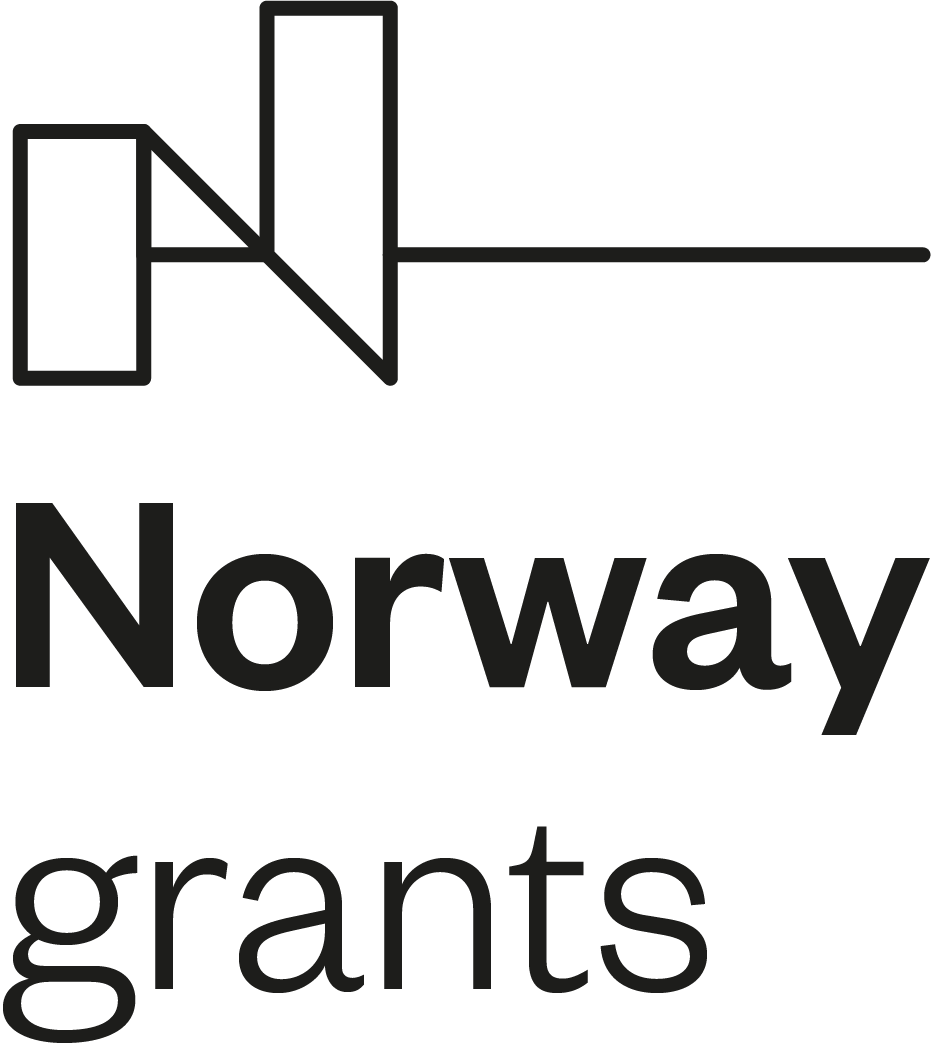The discreet charm of the infrahumanization
29.04.2016
Dr Joanna Bocheńska
The discreet charm of the infrahumanization
The recent research results in social psychology indicate that we tend to infrahumanize others that is to deny them the so called secondary (or uniquely human) emotions that is those which develop through the process of education and culturalization. Contrary to the secondary emotions - primary emotions such as fear or joy - are not uniquely human because they can be attributed to animals as well. This process of denying uniquely human emotions, called infrahumanization (Leyens, 2000, 2007), happens unconsciously. What is also very interesting the distinction of primary and secondary emotions, introduced long time ago into psychology seems to be shared by lay men too. They intuitively differentiate between these two kinds of emotions (Demoulin, et al., 2004). However, infrahumanisation and dehumanisation in general are also based on essentialism (Leyens, Paladino, Vaes, 2012) and entitativity (Cambell, 1958) of the social groups that are often perceived as real and homogenous entities possessing the unique and unchangeable “essence”. In my presentation I will refer in detail to all of the aforementioned aspects of the infra/dehumanisation linking them with the image of the Kurds perceived through the eyes of others. Following Leyens (2007) regarding the possible ways to combat infrahumanization and Martha Nussbaum’s (2013) reflections on the role of emotions in public life I argue that the role of Kurdish culture is crucial for humanizing the Kurds and making their voice more audible than it is now.



